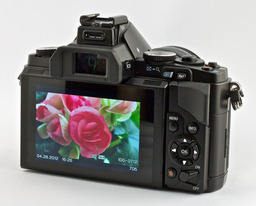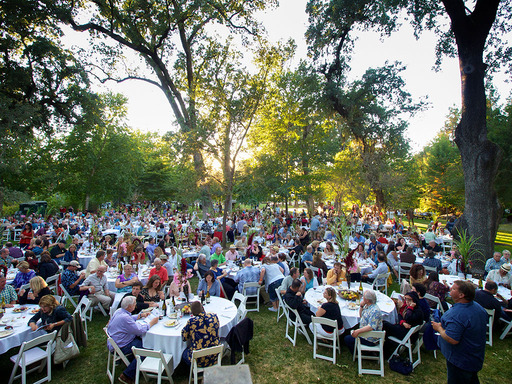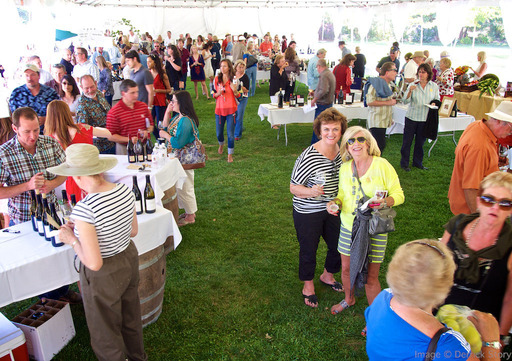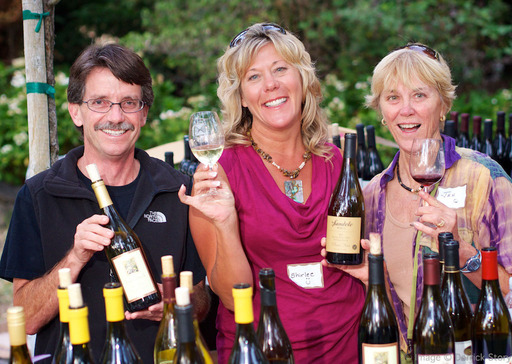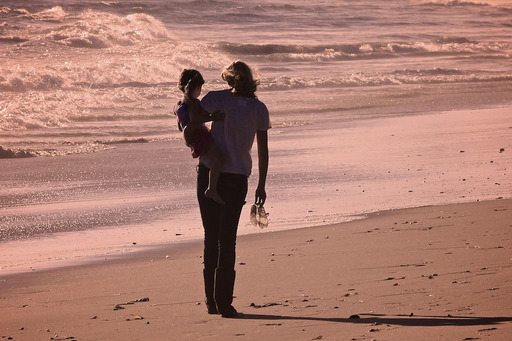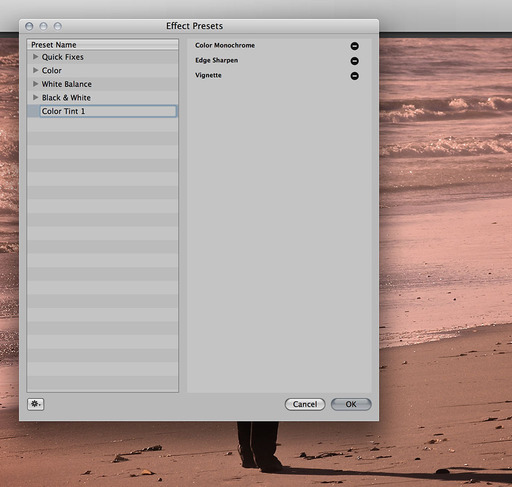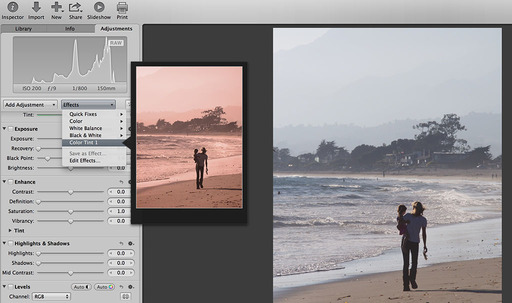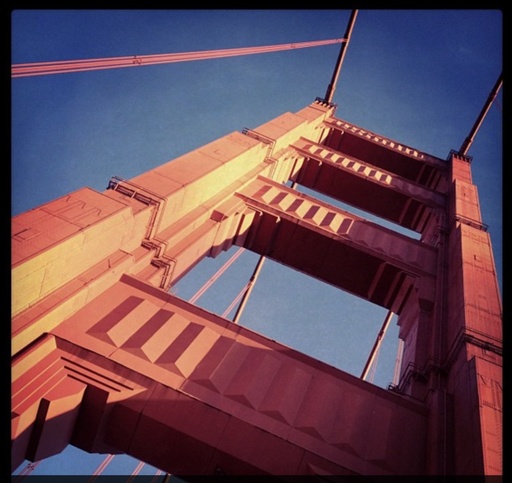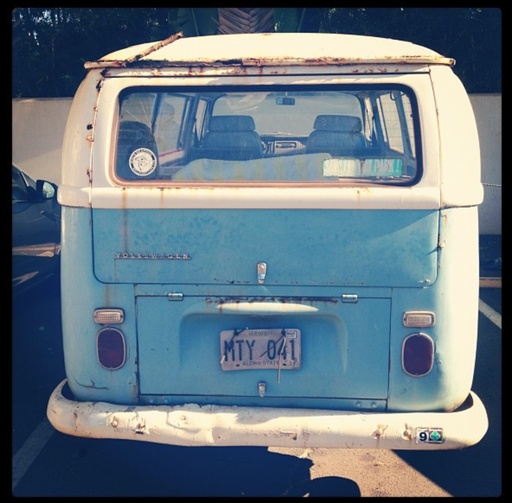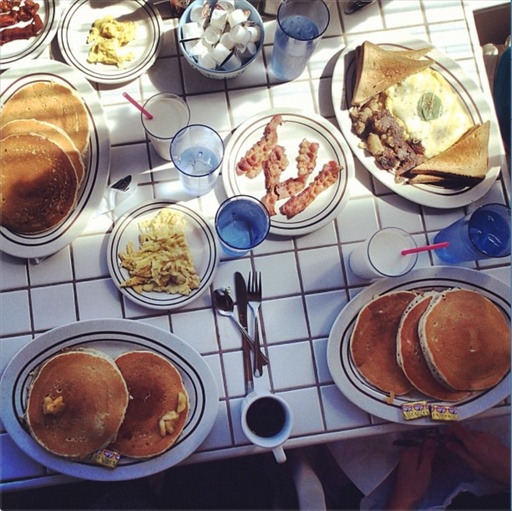One of the biggest photography events in the western world is Photokina in Cologne, Germany, beginning Sept. 18, 2012. This amazing event happens every two years, and usually overlaps with Oktoberfest in Munich, just 5 hours away via train.

I'll be on site covering the show in Cologne, then visiting Oktoberfest afterward. One of the major themes we'll see this year is mobile photography. A large amount of floor space has been dedicated to this topic, and it's on the hot list for many manufacturers.
I also anticipate major announcements from Canon, Nikon, Olympus, Panasonic, Sony, Samsung, and others. My sponsor, Lowepro, will be launching some terrific new products that I'm eager to discuss. I'll be posting on all of their social networks during the event, including Lowepro Facebook, Twitter and on Instagram (loweprobags). In fact, we'll be relying heavily on Instagram to share images on the other sites too.
As for my preparations, I'm traveling as light as possible. I'll be toting the MacBook Pro Retina Display for my heavy duty work (Aperture, Photoshop CS6, Final Cut X, etc.) and the new iPad for work in the field (iPhoto for iOS).
For my cameras, I'm placing my trust in the Olympus OM-D E-M5 system that will cut my gear weight by over half. I'll take five lenses and a backup PEN body. I'll also pack the new Olympus TG-1 for its tough, all weather capability and for its built-in GPS. Everything will fit easily in my Lowepro DSLR Video Fastpack 250 AW that holds my camera gear, laptop, and iPad, yet fits easily on the plane both under the seat and in the overhead compartment.
that holds my camera gear, laptop, and iPad, yet fits easily on the plane both under the seat and in the overhead compartment.
At this point, you might be wondering why I'm getting prepared for this event a month in advance. I've learned over the years that if I start packing early, I forget much less. I'll keep you posted.
You can find more photo tips and "photography how tos" on my Pinterest page.

